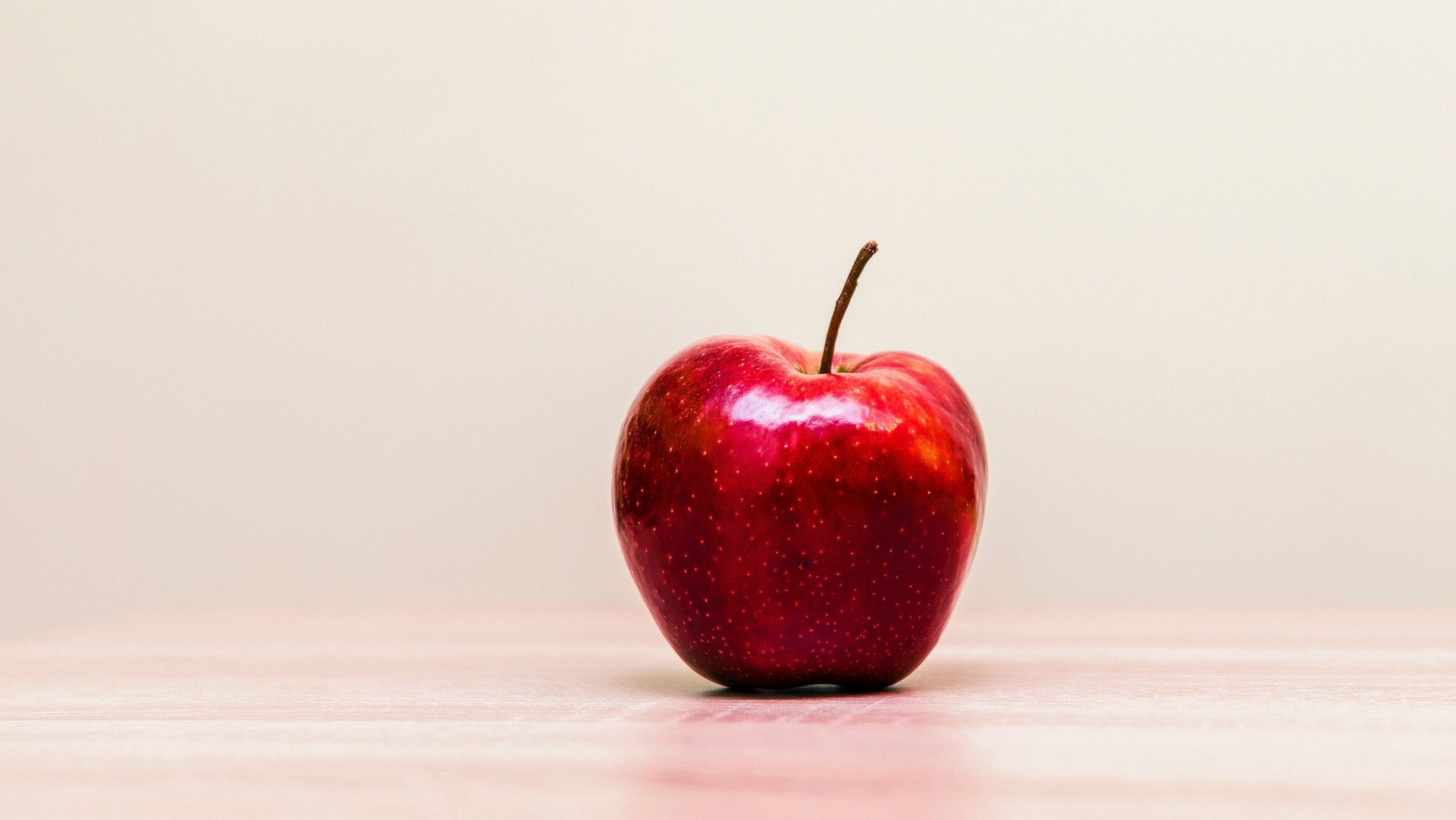Americans have stopped buying red delicious apples. The Chinese are just getting started
The Red Delicious apple: that forlorn fruit at the bottom of a brown paper bag, the banana’s bruised bedfellow on a bodega counter. When I think Red Delicious, I imagine apples on teachers’ desks, not crisp and refreshing snacks; the stumpy, deep crimson fruit has become more image than edible.


The Red Delicious apple: that forlorn fruit at the bottom of a brown paper bag, the banana’s bruised bedfellow on a bodega counter. When I think Red Delicious, I imagine apples on teachers’ desks, not crisp and refreshing snacks; the stumpy, deep crimson fruit has become more image than edible.
And it seems I’m not alone, the Red Delicious apple is on the decline in the US as shoppers explore other varieties like Gala, Fuji, and Honeycrisp. Meanwhile, in China, the Red Delicious has found a steady market.
Apple farmers in Washington state are taking note. While some farmers adapt their groves to the changing American palate, others continue to cater to an increased demand in East Asia where the apple’s appeal has to do with more than just taste.
“Red in China for hundreds and hundreds, if not thousands, of years has been an extraordinarily important color. It symbolizes luck, it symbolizes wealth, it symbolizes happiness. It carries all of these cultural meanings along with it. And so red fruits do very, very well,” said David Smith, a Shanghai-based fruit importer.
The Red Delicious came to be in 1870s Iowa when farmer Jesse Hiatt encountered a stubborn seedling in his orchard. After multiple attempts at removal, Hiatt ultimately conceded, pleased to find that the intruder actually begot a somewhat tasty product.
Over the next century, the Red Delicious grew in ubiquity. And by the 1980s, the apple comprised 75% of the crop coming out of Washington. Its demise, however, was soon to come.
Pearl Jam and Nirvana were not the only exports to emerge from Washington in the ’90s. Add to that list the Gala and the Fuji apple varieties for the end of the millennium. American tongues responded. The introduction of larger, crispier, and juicier apples hit a positive note with the American shopper. During the last three years of the ’90s, Washington apple farmers lost around $800 million in surplus crop. Add to that the increased attention paid to heirlooms, varietals, and all things organic at the end of the aughts and you’ve got yourself a Red Delicious falling out of favor.
But fret not for farmers who find themselves confronting changing tastes. The Chinese market for the Red Delicious continues to boom, just in time for apple season.
This article was originally published Food52.com.
More from Food52: